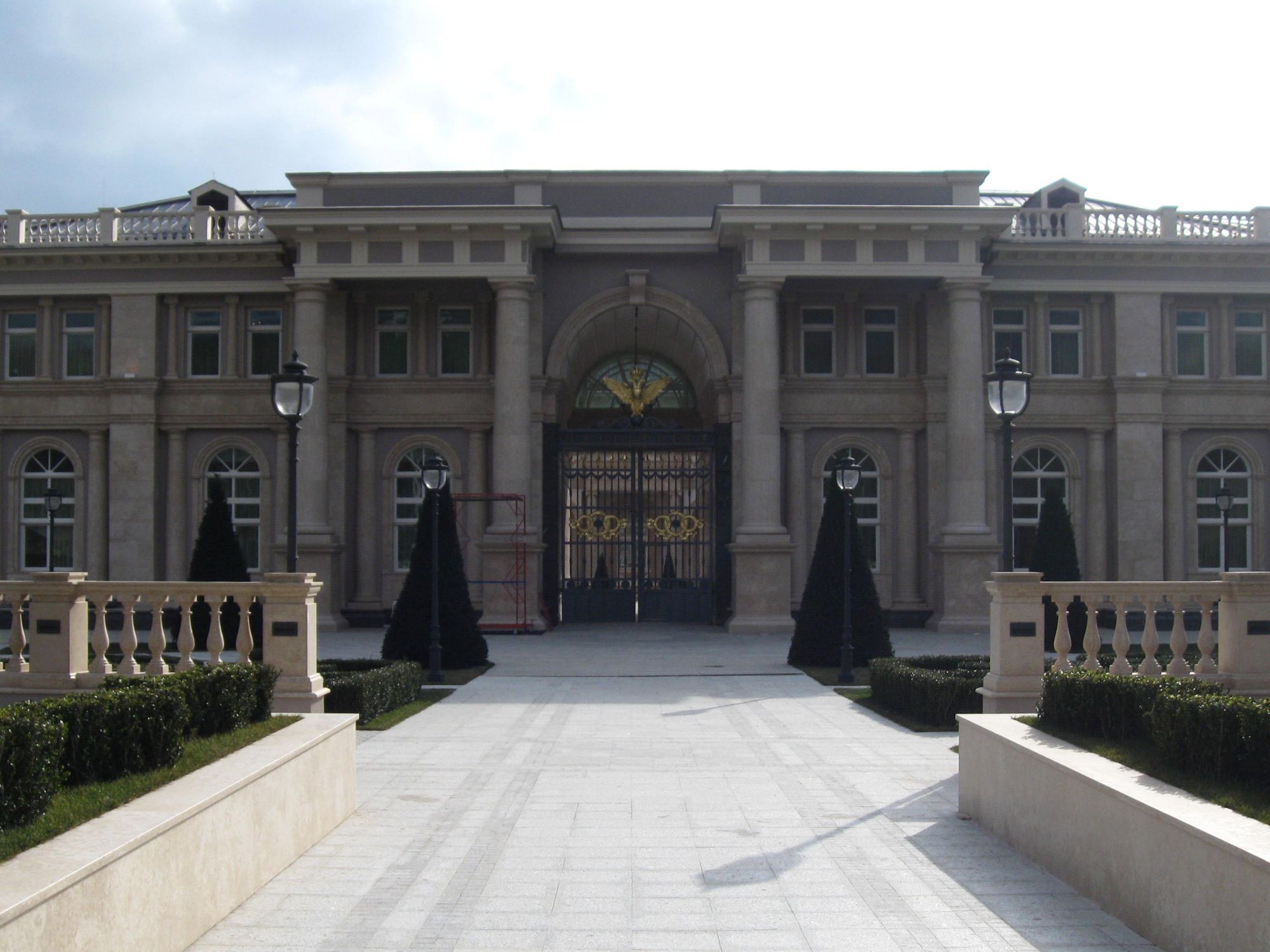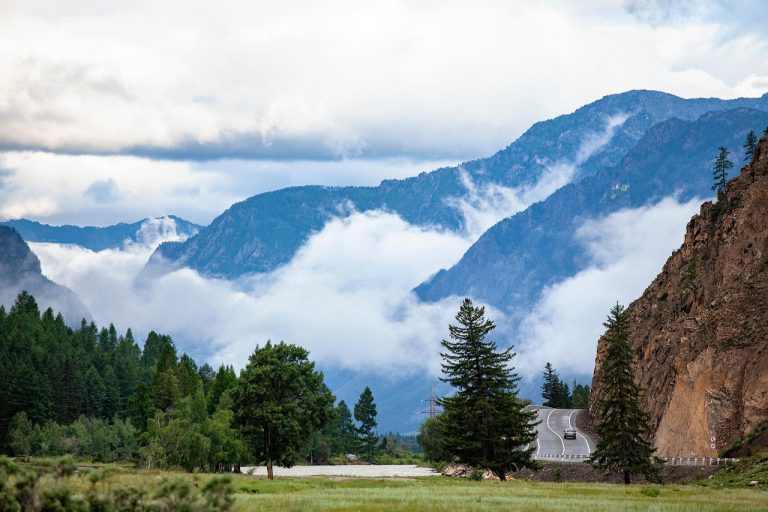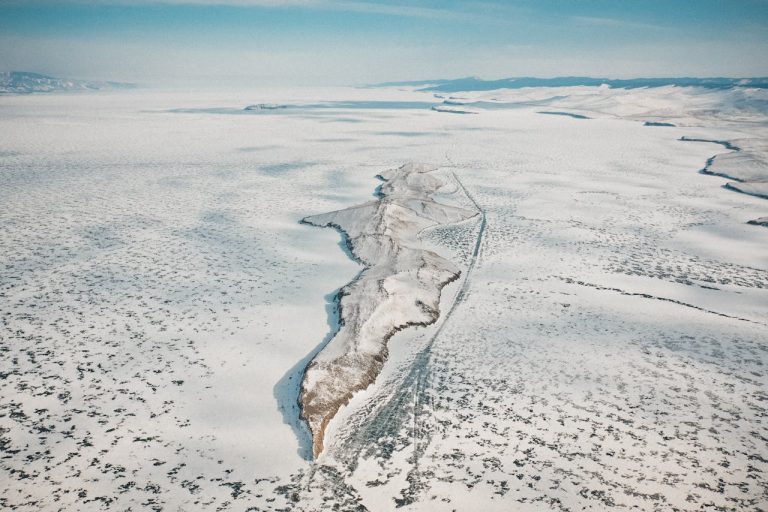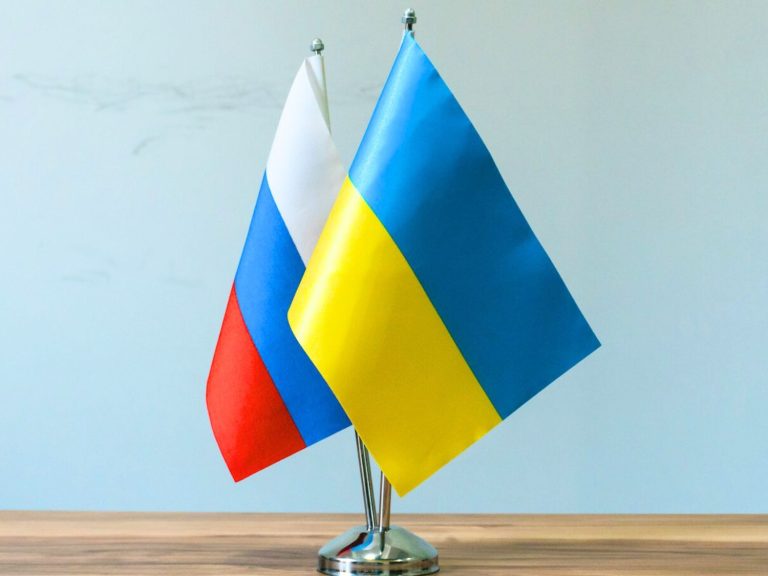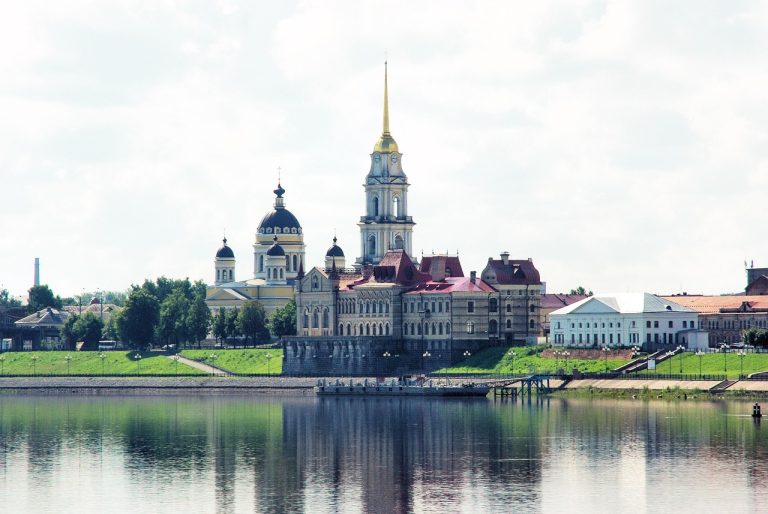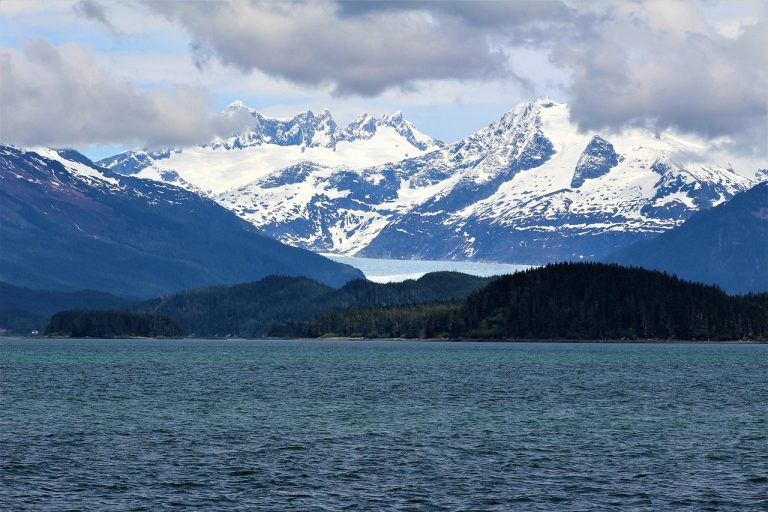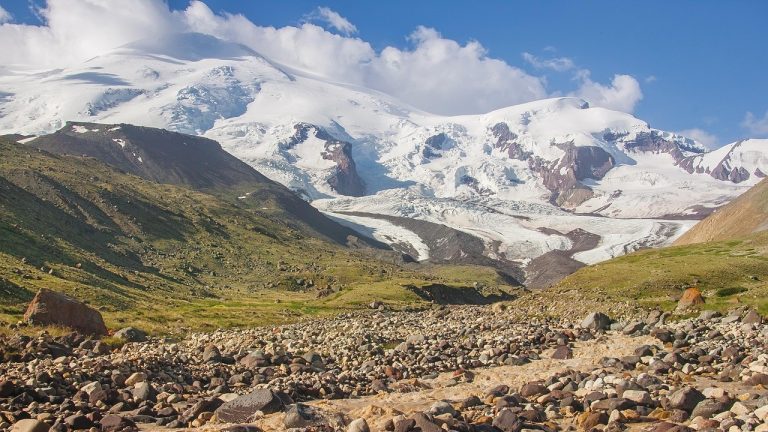A huge complex near Gelendzhik has caught the world’s eye. The Italianate estate spans 190,420 square feet and cost over $1 billion. It’s linked to Russia’s president, causing protests and global interest.
The mansion is at Cape Idokopas on the Krasnodar Krai coast. It has a theater, casino, ice rink, and wine cellar. Alexei Navalny’s 2021 documentary made it famous worldwide, showing its grand design and special airspace.
The Kremlin says Putin doesn’t own it, but businessman Arkady Rotenberg claims it in 2021. Despite this, the mansion is a big topic in talks about power and wealth. It makes people wonder about Russia’s political openness.
The Discovery and Location of the Presidential Palace
A luxury estate on Russia’s Black Sea coast was revealed over a decade. The first hint came from an insider who spoke out. Then, investigative journalism brought it to the world, sparking debate.
The Gelendzhik palace went from rumor to fact. Each revelation added details about its funding, building, and purpose. Critics saw it as a symbol of presidential excess.
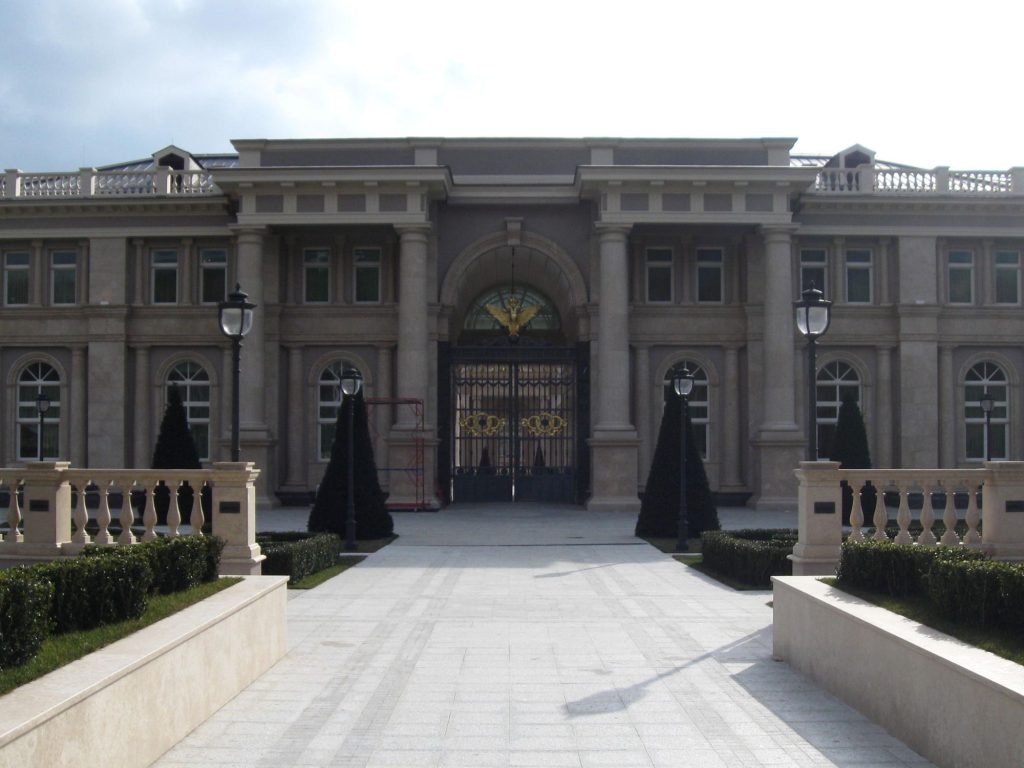
How the Palace Was Revealed to the Public
In December 2010, a businessman named Sergei Kolesnikov wrote to President Dmitry Medvedev. He revealed a $1 billion palace project. Kolesnikov said it was for Vladimir Putin, funded by other government projects.
Kolesnikov named Nikolai Shamalov as the project manager. He had left the project due to its corruption. He claimed funds meant for healthcare were used for the palace.
The Kremlin didn’t respond to Kolesnikov’s claims. But, his letter started a conversation that would grow over time.
In January 2021, Alexei Navalny’s team released a documentary. It showed blueprints, photos, and worker testimonies. It also showed how oligarchs funded the project.
The documentary got over 110 million views quickly. Despite government efforts to block it, people watched. This led to protests for transparency.
The palace’s story unfolded over eleven years. Kolesnikov’s initial report was followed by Navalny’s detailed investigation.
Gelendzhik: The Black Sea Coastal Compound Location
The palace is at 44°25′08″N 38°12′18″E on Cape Idokopas. It’s near Praskoveyevka in Gelendzhik Urban Okrug, Krasnodar Krai. It’s on a Black Sea cliff, surrounded by forests.
The cape has Turkish pine forests, hiding the palace. Offshore reefs and rugged terrain make it hard to reach. Security adds to the protection.
The estate covers 74 hectares, or 180 acres. It has a main palace, support buildings, and recreational areas. It’s as big as a small resort.
Airspace above is a no-fly zone, called Prohibited Special Use Airspace P116. The FSB says it’s to protect a border post. Critics think it hides the palace from view.
Gelendzhik is a resort city on the Black Sea. The palace is among the most sought-after coastal properties. Yet, it’s hidden from tourists and locals by its location and secrecy.
Putin Black Sea Mansion: Scale and Architecture
Records show the compound is huge, not just for a home. It has special features for staying isolated and working independently. The Black Sea presidential estate has more than just luxury. It’s a self-contained world for long stays without outside contact.
Documents and pictures from space confirm many special buildings. Each one has its own purpose in the estate. The design focuses on comfort and being completely independent from others.
A Compound Measuring Nearly 191,000 Square Feet
The main house is 17,700 square meters, or about 191,000 square feet. This is bigger than many government buildings. The Russian leader coastal mansion is much larger than other leaders’ homes.
The land is 74 hectares, or about 180 acres by the sea. There are many buildings around it, making it a full compound. It even has a helipad for easy travel.
There’s an ice hockey rink and a church for religious needs. The grounds also have an amphitheater for shows and events. There’s even a greenhouse and a tea house for fun.
Other cool things include a greenhouse, an arboretum, and a gas station. An 80-meter bridge and a mountain tunnel with a wine room show the estate’s big construction efforts.
Italian Renaissance Design on the Russian Coast
Italian architect Lanfranco Cirillo designed it in an Italian style. This style brings Mediterranean looks to the Black Sea. Cirillo is known for designing homes for Russia’s rich.
The design looks like European palaces. It has classical columns and symmetrical sides. This makes the estate stand out from Soviet and modern Russian buildings.
The materials from Italy and Europe add to the Mediterranean feel. This style makes the estate feel like a royal place, not just a house. It shows off the owner’s taste and power.
Multiple Security Rings and Access Restrictions
The area above the compound is a no-fly zone called P116. This means no planes can fly there without permission. The FSB says it’s to protect a border post from spies.
Maritime access is also limited. In 2016, a businessman got rights to the sea for farming mussels and oysters. He also got a 25-year lease for 422.1 hectares of sea near the palace.
This creates a buffer zone in the sea. Ships can’t get close to the Black Sea presidential estate without breaking the rules. This makes the area safe from unwanted visitors.
On land, there are many security measures. The estate has barriers, cameras, and controlled entry points. These make it as secure as a government building.
| Facility Component | Dimension/Specification | Function |
|---|---|---|
| Main Residence | 17,700 square meters (191,000 sq ft) | Primary living quarters and reception spaces |
| Total Land Area | 74 hectares (180 acres) | Secured compound perimeter |
| Airspace Restriction | Prohibited Special Use Airspace P116 | Aerial access control and surveillance prevention |
| Maritime Buffer | 422.1 hectares coastal lease | Waterborne approach prevention |
| Mountain Tunnel | 80-meter bridge connection | Secured passage with wine-tasting facility |
The estate’s size, design, and security make it special. It’s not just a luxury home. It’s designed for government work, with top security to protect its activities.
Opulent Interiors and Luxury Features
Leaked photos from 2011 and 2022 showed Putin’s seaside retreat’s lavish amenities. These images were shared on RuLeaks in January 2011. Later, Navalny’s team published 479 photographs taken around 2014, showing the finished spaces.
The compound has everything needed for a private resort. It includes swimming pools, entertainment venues, dining areas, and recreational spaces. The 2022 photos looked similar to 3D visualizations from Navalny’s 2021 documentary.
Construction workers compared the project to building Egyptian pyramids. About 1,500 workers were on site in autumn 2011. They worked on different parts of the large grounds at the same time.
Formal Entry Spaces and Imperial Symbolism
The entrance is impressive, with materials that show state power and grand history. Reception halls have marble finishes and gold accents everywhere. This makes the space look like a government building.
Photos showed double-headed eagles everywhere. This symbol of Russian power is in many rooms. It makes the space feel like a place of authority, not just a home.
The use of gold in the decor was noticed. Gold leaf and gold finishes are on many things. It makes the space feel like a Baroque palace.
Entertainment Venues and Gaming Facilities
The compound has a private theater and cinema for movies and shows. It has professional sound and seating, like a small cinema. It’s clear it’s meant for regular use.
There’s also an underground casino with gaming tables and equipment. This raises questions about Russian gambling laws. Casinos are usually far from cities.
| Entertainment Facility | Features | Comparable Scale |
|---|---|---|
| Private Theater | Professional screening, tiered seating, sound system | Small commercial cinema |
| Underground Casino | Gaming tables, equipment, support spaces | Mid-size gambling establishment |
| Wine Cellar | Temperature-controlled storage, tasting area | High-end restaurant collection |
| Reading Room | Library collection, seating, study spaces | Private university library |
The casino in Putin’s home shows a big difference in rules for the rich and the poor. Regular people face strict rules on gambling, but this place seems to ignore them.
Unconventional Recreational Spaces
The aqua-disco is a unique feature. It’s a pool and a nightclub all in one. It has lights, sound equipment, and design for entertainment, not just swimming.
The hookah lounge was found to be worse than expected. It might have been used for adult entertainment, like a “striptease hall.” The real space didn’t match the 3D visualizations.
Other fun spaces include:
- Turkish baths and spa facilities with multiple treatment rooms
- Multiple saunas with different settings
- Music lounge for live shows and music
- Specialized food storage for different types of food
These features show the place is designed for guests to stay for a long time. It doesn’t need outside services.
Athletic Infrastructure and Sports Venues
The compound has a full ice hockey rink. Putin loves hockey, and this rink is top-notch. It has everything needed for serious games, not just decoration.
There’s also a marble gymnasium that was rebuilt after being demolished. This shows the project’s scale and waste. It’s hard to imagine such a project without a huge budget.
Workers said the process was like building and then tearing down. This shows the project was done without worrying about money. It was rebuilt until it was perfect, no matter the cost.
Other sports areas include a pool for swimming and fitness rooms. There’s even a Japanese garden, but its fate is unknown.
Private Quarters and Guest Accommodations
The master bedroom suite is huge, at 260 square meters (2,800 square feet). It has amazing views of the Black Sea. It’s big enough for a luxury apartment.
The palace also has about a dozen guest bedrooms. Each has its own bathroom and views. It’s designed to host many guests at once, like a hotel.
The mansion has everything for entertainment, dining, and guests. It’s like a private world where meetings and parties can happen without leaving. It’s fully self-contained, with no need for outside help.
The Staggering Cost and Construction Timeline
The financial story behind this Kremlin leader property is quite impressive. The construction costs are as high as government projects, not just any house. It’s hard to find the exact cost because of the secrecy around the project.
The building took fifteen years to finish. This long time shows the ambition and the problems they faced. They used top materials from Europe, which made the cost even higher. A big mold problem in the middle of the project forced them to start over, doubling some costs.
Price Tag Reaching 1.35 Billion Dollars
Alexei Navalny’s Anti-Corruption Foundation found the costs went over 100 billion rubles, or about $956 million. Some think it could be even more, up to $1.4 billion. This makes the Black Sea mansion one of the priciest homes in the world.
Sergei Kolesnikov said in 2009 that costs were already at $1 billion. But the project went on for over a decade after that. So, the final cost was much higher than he thought.
Alexander Ponomarenko said the property’s value was around $350 million. But experts like those at Vedomosti think it’s worth only $20 million.
| Source | Estimated Cost | Basis of Estimate |
|---|---|---|
| Navalny’s FBK Investigation | $956 million – $1.4 billion | Document analysis and construction records |
| Sergei Kolesnikov (2009) | $1 billion | Direct project document review |
| Alexander Ponomarenko | $350 million | Property valuation estimate |
| Vedomosti Expert Analysis | $20 million | Market value assessment |
The huge difference between what it cost to build and what it’s worth now is striking. The palace’s unique design and remote location make it hard to sell. This shows the project was more about personal taste than making money.
Premium Materials Including Italian Carrara Marble
The palace used top materials, like Italian Carrara marble for its interiors. This marble is famous for being used by Michelangelo. It shows the palace’s connection to European culture.
Getting these materials was done in a way that hid the project’s true size. There were questions about how payments were made and how materials were brought in:
- Cash payments were used to buy materials without leaving a trail.
- Offshore account transfers hid who was really buying the materials.
- Customs bypasses let materials into Russia without the usual paperwork.
- Cost concealment made it hard to see how much was really spent.
- Nomenclature obscuring made expensive materials seem cheaper.
The project needed a lot of extra work, like building roads and installing power lines. This was all done with state money, raising questions about mixing public and private interests.
Fifteen-Year Construction Spanning 2005 to 2020
The project started on June 10, 2005. It took fifteen years to finish, going through three presidential terms. The early work went well until 2017, but then problems started.
In 2017-2018, a mold infestation hit the whole building. This forced a major rebuild. Workers found the mold when plaster fell near the pool, showing it was everywhere.
The fix was huge:
- Complete interior removal of all decorations.
- Disposal of precious materials like rare wood and stone panels.
- Ventilation system redesign to stop moisture problems.
- Structural assessment of walls and support systems.
- Full reinstallation of the interior once the mold was gone.
By early 2021, the roof, windows, and outside walls were all new. The mold crisis made the project even more expensive and took years longer to finish.
Recent updates from May 2024 show the palace is changing. Rooms for fun have turned into quiet spaces. A chapel for Saint Vladimir has been added.
These changes might show a shift in priorities or a way to make the palace seem more dignified. Turning fun rooms into a chapel shows they’re trying to address concerns about the palace’s luxury.
Controversy, Denials, and Political Fallout
Allegations about a billion-dollar palace sparked a wave of denials and protests. The issue went beyond just a fancy house. It became a symbol of corruption in Russia.
The story turned into a major political scandal. Official explanations kept changing as public anger grew.
Documentary Investigation That Reached 110 Million Viewers
Alexei Navalny released a documentary in January 2021. It claimed the palace cost £1 billion and was funded by a huge bribe. The video quickly got over 110 million views.
The documentary showed detailed plans and images of the palace. It included marble halls and an underground disco. This made the corruption clear and real.
A poll showed 26% of Russians watched the documentary. Among them, 17% said it changed their view of Putin. This was a big deal in Russia’s controlled media.
The documentary said the palace showed Putin’s wealth. Navalny claimed oligarchs paid for it under pressure, not willingly.
Official Denials and Contradictory Ownership Claims
Putin called the documentary boring and said it was just a montage. He denied owning the palace, but didn’t say who did. His response didn’t address the documentary’s evidence.
The Kremlin said the palace was owned by businessmen. They claimed they couldn’t reveal the owners’ names for privacy. This raised many questions.
On January 30, 2021, oligarch Arkady Rotenberg said he owned the palace. He said it was an unfinished hotel. This seemed too convenient.
Economist Vladislav Inozemtsev found Rotenberg’s claim unbelievable. He said the palace’s security and no-fly zone showed it was for government officials, not a hotel.
Documented Corruption Network and Financing Schemes
A 2010 letter revealed a financing structure. It showed a company called Petromed was involved. The letter said 35% of income went to foreign accounts.
In 2005, a company called Rosinvest was set up. It was owned through bearer shares. This allowed money to flow to the palace without clear ownership.
Reuters found evidence of corruption in 2014. They showed how two of Putin’s associates made money from medical equipment. This money went to the palace’s construction.
The schemes involved $84 million in Swiss bank accounts. At least €35 million from these accounts went to companies building the palace. This showed how state contracts were used to fund the project.
| Corruption Element | Key Figures | Method | Amount Transferred |
|---|---|---|---|
| Medical Equipment Scheme | Dmitry Gorelov, Nikolai Shamalov | 2-3x price markup on state contracts | $84 million to Swiss accounts |
| Construction Funding | Rosinvest shell companies | Bearer shares concealing ownership | €35 million minimum confirmed |
| Petromed Operations | Sergei Kolesnikov network | 35% income to foreign accounts | Undisclosed total amount |
| Document Trail | St. Petersburg firm “Binom” | Unnamed Russian citizen owners | Full ownership value obscured |
Trying to confirm the palace’s ownership was hard. It was registered to a St. Petersburg firm called “Binom.” The owners were listed as unnamed Russian citizens.
Public Outrage and Nationwide Demonstrations
The documentary’s release and Navalny’s arrest sparked big protests. Demonstrations happened in many cities. People showed their anger over the palace and inequality.
The protests were a rare moment of unity. People from all ages and places joined. They carried signs about the palace and its luxury.
The government tried to stop the protests with arrests. But the anger was deep. The palace symbolized the huge wealth gap in Russia.
Opposition leaders said the palace showed how a few people controlled the government. It highlighted concerns about transparency and corruption.
Conclusion
The putin black sea mansion has been a topic of debate for years. In 2024, Proekt found big changes inside. Rooms that were once for fun, like a casino and a pole-dancing room, are now for relaxing and prayer.
This shows Putin might have listened to critics. The mansion is guarded by top-notch security and a no-fly zone. But, who really owns it? The official story is that businessmen do, but the proof is hard to find.
Putin’s palace is more than just a fancy house. It shows deep issues about power, money, and openness in Russia. Its story from secret to scandal highlights the struggle for truth in places with little oversight.
The huge money spent on it is a mystery. The gap between what Putin earns and his lifestyle is huge. This mansion stands for worries about too much power and money spent on personal things.
FAQ
Does Vladimir Putin Actually Own the Black Sea Palace?
The Kremlin says Putin doesn’t own the Gelendzhik palace, despite evidence from whistleblowers. Businessmen like Arkady Rotenberg have claimed it, but the palace’s security and no-fly zone don’t match official stories. Sergei Kolesnikov and Alexei Navalny have shown financial links to Putin’s associates.
Who Revealed the Existence of Putin’s Palace?
Sergei Kolesnikov first revealed the palace in 2010. Alexei Navalny’s 2021 documentary brought it to the public’s attention. The documentary showed the palace’s size and alleged purpose, sparking protests.
What Luxury Features Are Inside Putin’s Palace?
The palace has marble halls, a private theater, and an underground casino. It also has an aqua-disco and a hookah lounge. There’s a huge ice hockey rink and a master bedroom suite with Black Sea views.
How Large Is the Putin Black Sea Mansion?
The main house is nearly 191,000 square feet. It’s a self-contained compound with many facilities. The size and features suggest it’s for presidential use, not just a vacation home.
How Much Did Putin’s Alleged Palace Cost to Build?
Estimates for the Black Sea estate range from $350 million to $1.4 billion. Sergei Kolesnikov said costs hit $1 billion by 2009. The palace’s custom features and luxury materials made it very expensive.
How Was the Black Sea Palace Allegedly Financed?
Putin’s associates used a corruption network to fund the palace. They diverted money from state projects to the palace. The use of luxury materials and secret payments made it hard to track the costs.
What Architectural Style Defines the Gelendzhik Palace?
The palace has an Italian Renaissance style, inspired by architect Lanfranco Cirillo. It uses classical elements and luxury materials, showing its status and wealth. The design connects it to European power centers.
Why Is There a No-Fly Zone Over Putin’s Coastal Mansion?
The no-fly zone is to protect border security, but it also keeps the palace private. This mirrors state facility security, raising questions about the palace’s true purpose. The security measures are unusual for a private home.
